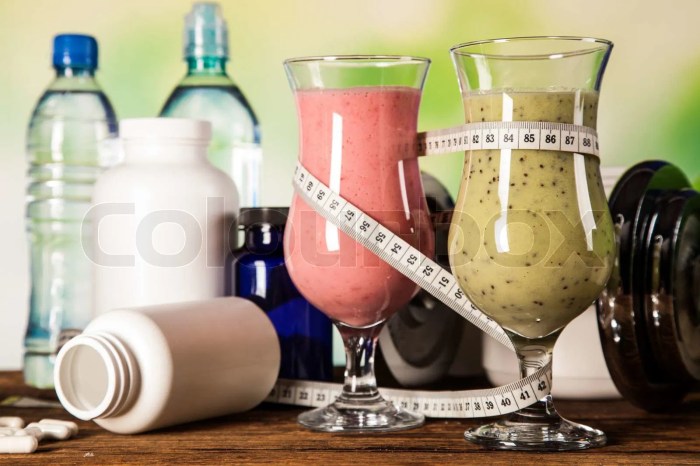How much cardio per week is right for you? This guide dives deep into the world of cardiovascular exercise, exploring the optimal amount based on your individual needs and goals. We’ll cover everything from defining cardio and understanding its benefits to crafting personalized weekly plans tailored to your fitness level. From beginner to advanced, this…
Tag: fitness
Cardio vs Strength Training Your Fitness Showdown
Cardio vs strength training – it’s the age-old debate in the fitness world. This deep dive explores the fundamental differences, benefits, and considerations for each approach, helping you decide which best aligns with your goals. We’ll cover everything from the physiological responses of your body to creating effective workout routines. Whether you’re aiming for weight…
Protein Shake for Breakfast A Complete Guide
Protein shake for breakfast is a popular choice for busy mornings and health-conscious individuals. This guide dives deep into the nutritional benefits, potential drawbacks, and various recipe ideas to help you make the most informed decision. We’ll explore different protein types, discuss the impact on weight management and muscle building, and highlight important considerations for…



